“The Palace of King Bao Dai” is hidden in a small alley in the middle of Hanoi
Located deep in a small alley at Ngoc Ha slope, Ba Dinh district, Hanoi, there is a villa with unique, lavish architecture, ancient features blending Eastern and Western cultures. The building is said to have been built around the same time as the Opera House in 1911, and is now 110 years old. People used to call it Bao Dai’s mansion, because according to them, when he abdicated, King Bao Dai used to come and live in the villa.
Turn into lane 186 Ngoc Ha, right on the right, go to the end of the street, the villa with its characteristic yellow-green color appears full of magnificence and magnificence. If you don’t know the way, you can ask any people living in the alley, they will just as soon as they hear the phrase “Bao Dai mansion”.

The villa is located deep in lane 186 Ngoc Ha (Ba Dinh district, Hanoi), with a total area of about 200m2/4 floors.
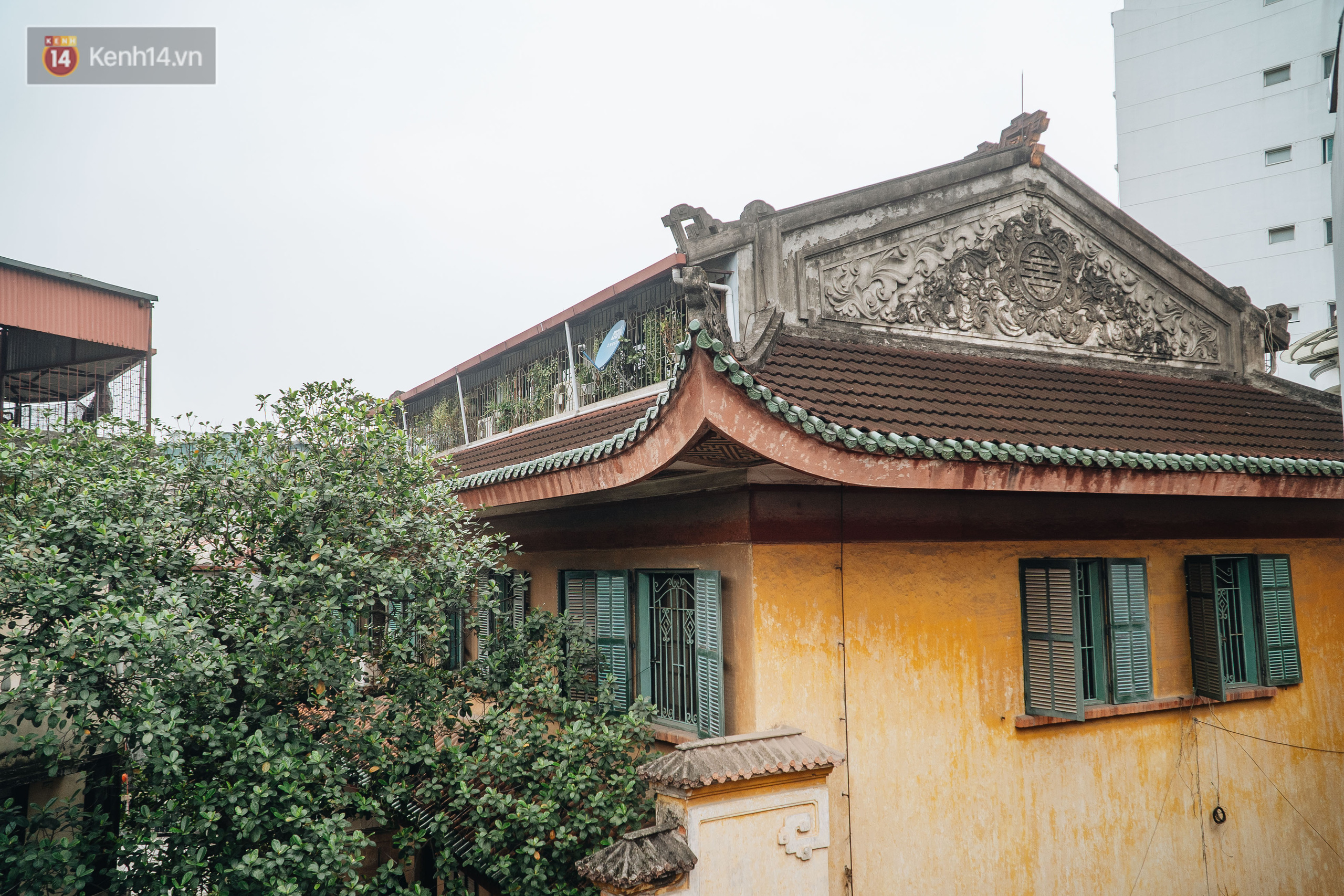
The architecture of the dragon and phoenix palace is typical of the East. These are the motifs that only royalty are allowed to decorate
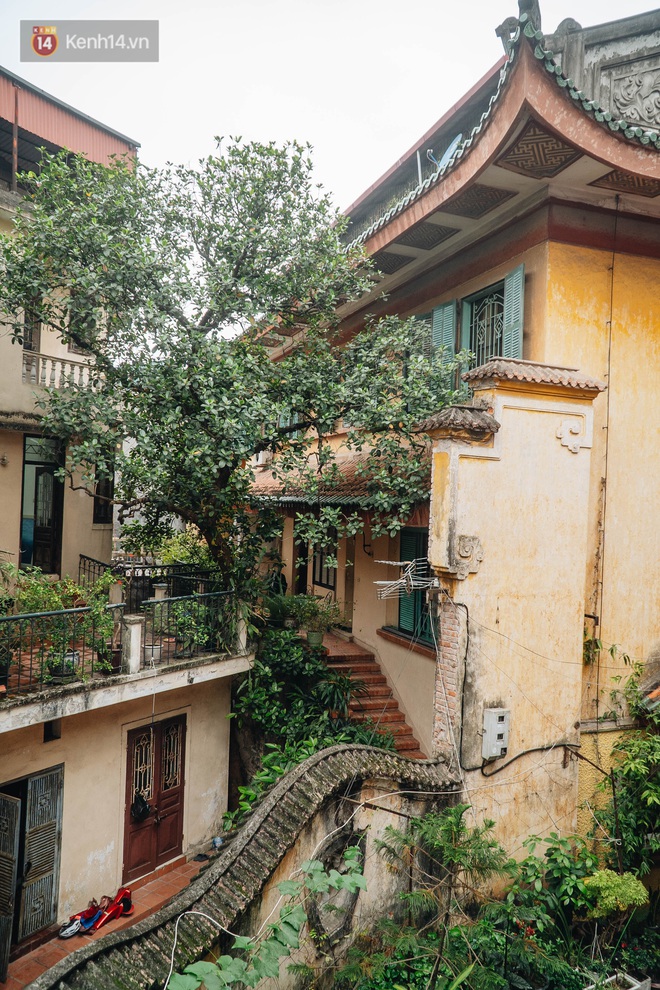


The mansion is the main and largest construction in a complex of 5 ancient French villas located close together at the beginning of Ngoc Ha village.

The villa has a royal garden of more than 300m2 in front with many precious trees…
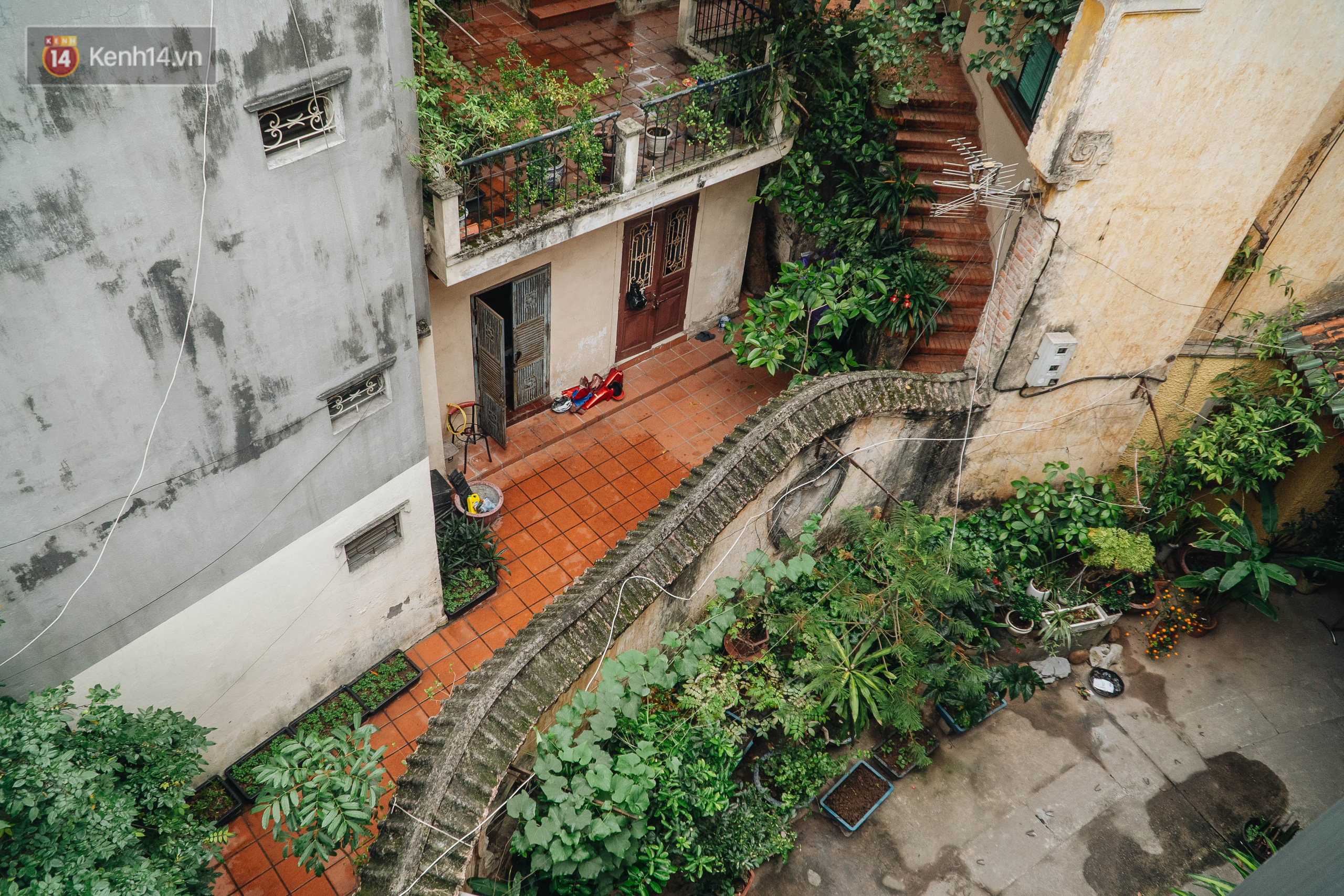
… surrounded by a dragon-shaped fence

The roof tile system remains intact and does not fade
A resident who has lived here for more than 50 years said that the old villa was built by King Bao Dai’s aunt. She married a French man and lived in Hanoi, started construction of the mansion in 1911.
Every time they go to Hanoi, members of the royal family, including King Bao Dai, visit the mansion to rest. In the years 1984-1985, the descendants of King Bao Dai visited the house again.
After that, the villa was converted into a civil service house, allotted to high-ranking State officials when peace was restored. People said that, until later, the State decided to fix the price and sell it to those in need.
This main villa belongs to a complex of 5 villas located close to each other, extending from lane 170 to the end of lane 186 Ngoc Ha today, including a dance floor, employee building, kitchen area,…
In addition to the main building, which is still in use now, the lagoon dance floor at 184 Ngoc Ha was previously rented as a place to sell beer for more than ten years, but due to the desire to preserve the ancient works, 2 years ago the beer shop This had to move. Since then, the building has remained locked.
As for the building for workers, the kitchen area has all been repaired and built by people to suit the modern rhythm of life. But the motifs and patterns of the old vestiges like the winding dragon roof, are still preserved to this day.
“People living here always tell each other when they live on the land of kings in the past, so some houses still keep the dragon’s hoof around them and build a gate right below. But others are afraid of losing their aesthetics. of the house, so it was completely demolished to rebuild. Seeing a building that was partially demolished for hundreds of years, more or less, we all regret it”, a resident said.
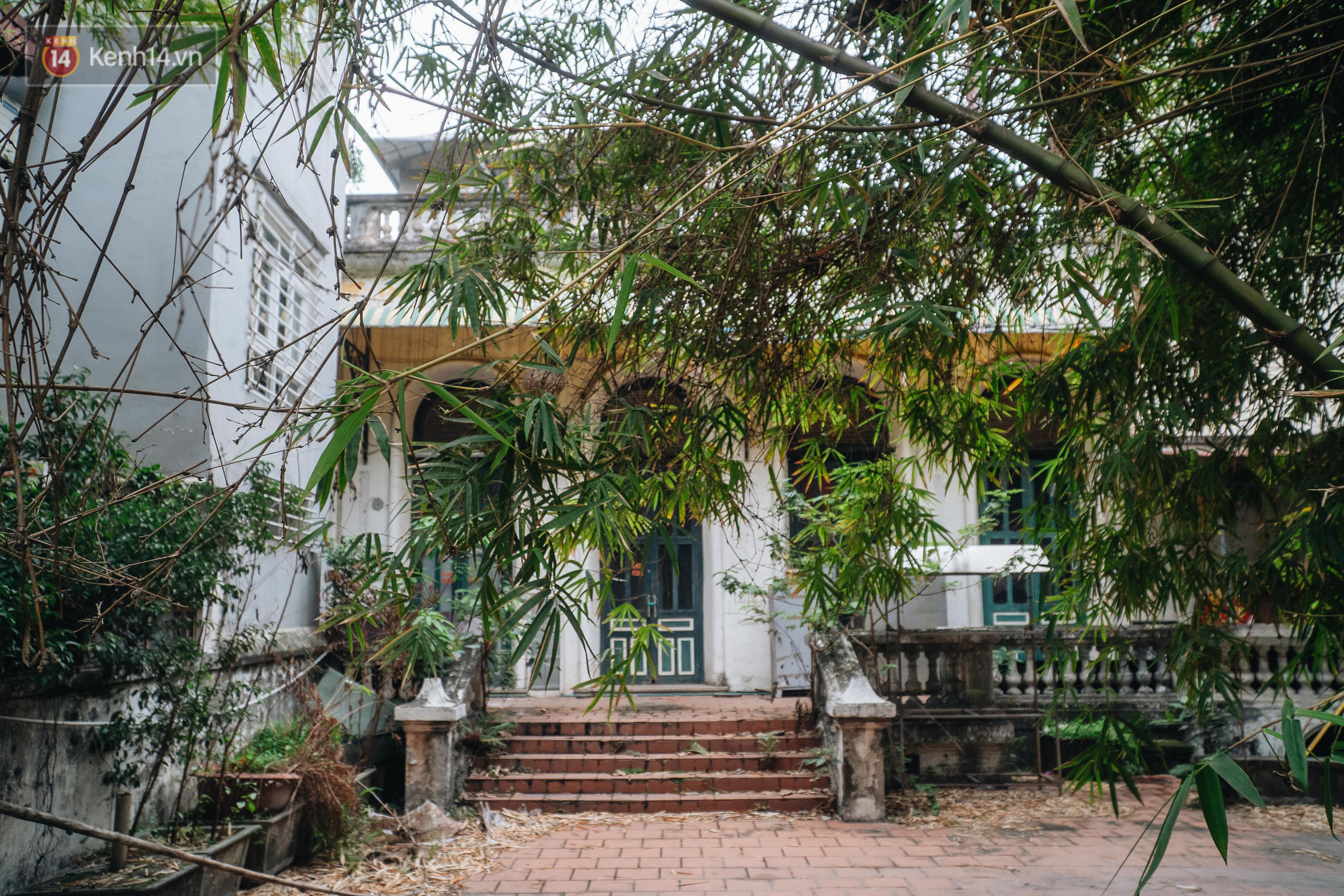
The dance floor at 184 Ngoc Ha still locked the door after being rented as a place to sell beer
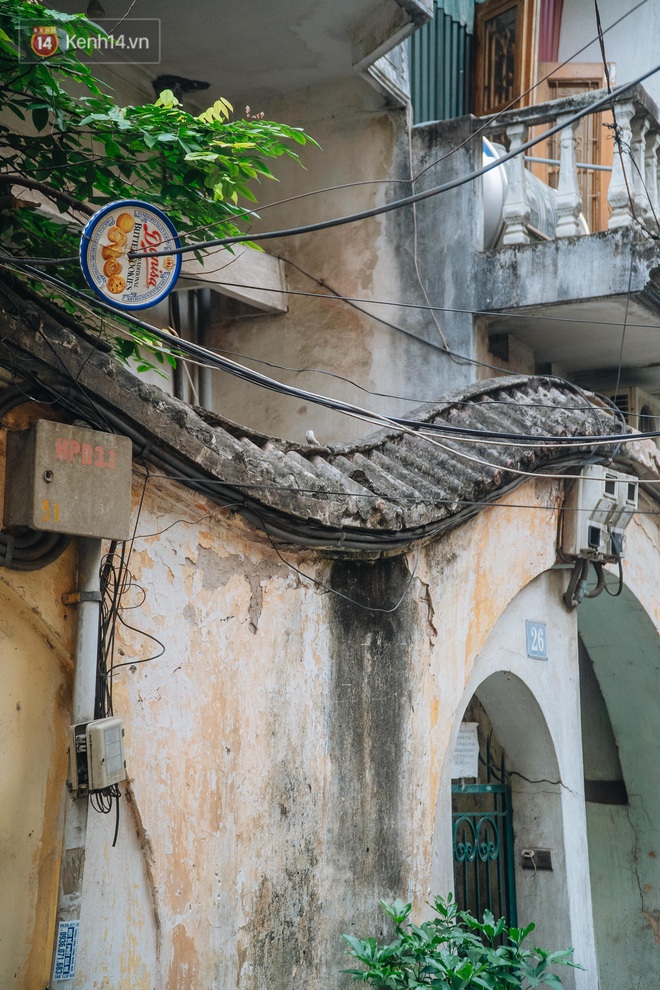
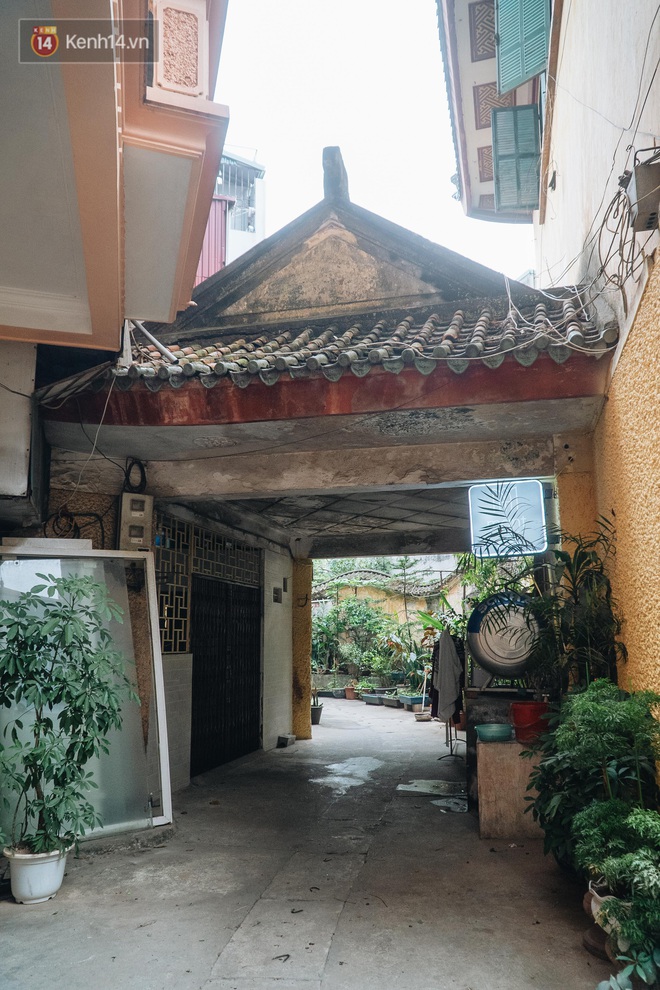
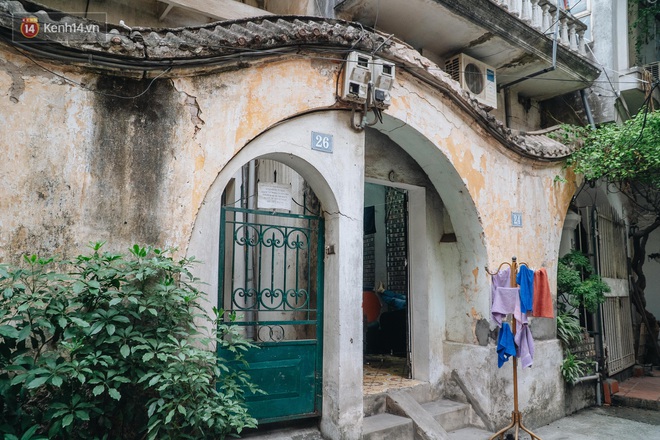
The houses in the alley, after being remodeled, still keep many old architectural features like the winding dragon roof
Preserving the 110-year-old villa
Back to the main villa, which has been leased by a design company, according to the original, this is the largest project in the complex, with its own royal garden of more than 300m2 in front with many precious trees, surrounded by a curving dragon-shaped fence (also known as a hoof).
The ancient villa has a total area of about 200m2 / 4 floors, featuring the roof architecture of the dragon and phoenix palace, covered with green tiles with full green borders, typical of Eastern culture, usually only the kings are allowed to decorate. .
Contrary to the ancient exterior, the interior is completely Western-style with the floor system and stairs made of delicate ironwood, some places have been worn.
Each floor of the building is divided from 3-5 rooms. The rooms are installed with fireplaces, wooden wall cabinets, after hundreds of years, there are still no termites. The walls of the house are built thickly, it is cool in the summer and warm in the winter.
This project consists of 3 floors with many households living, the floor area of each household is about 200m2. Later, a household on the 3rd floor had the opportunity to extend it to the 4th floor, the old roof is no longer there.


The front of the main villa, currently leased to a design company

The roof is covered with green tiles, typical of Eastern culture

Green windows in the middle of the yellow wall
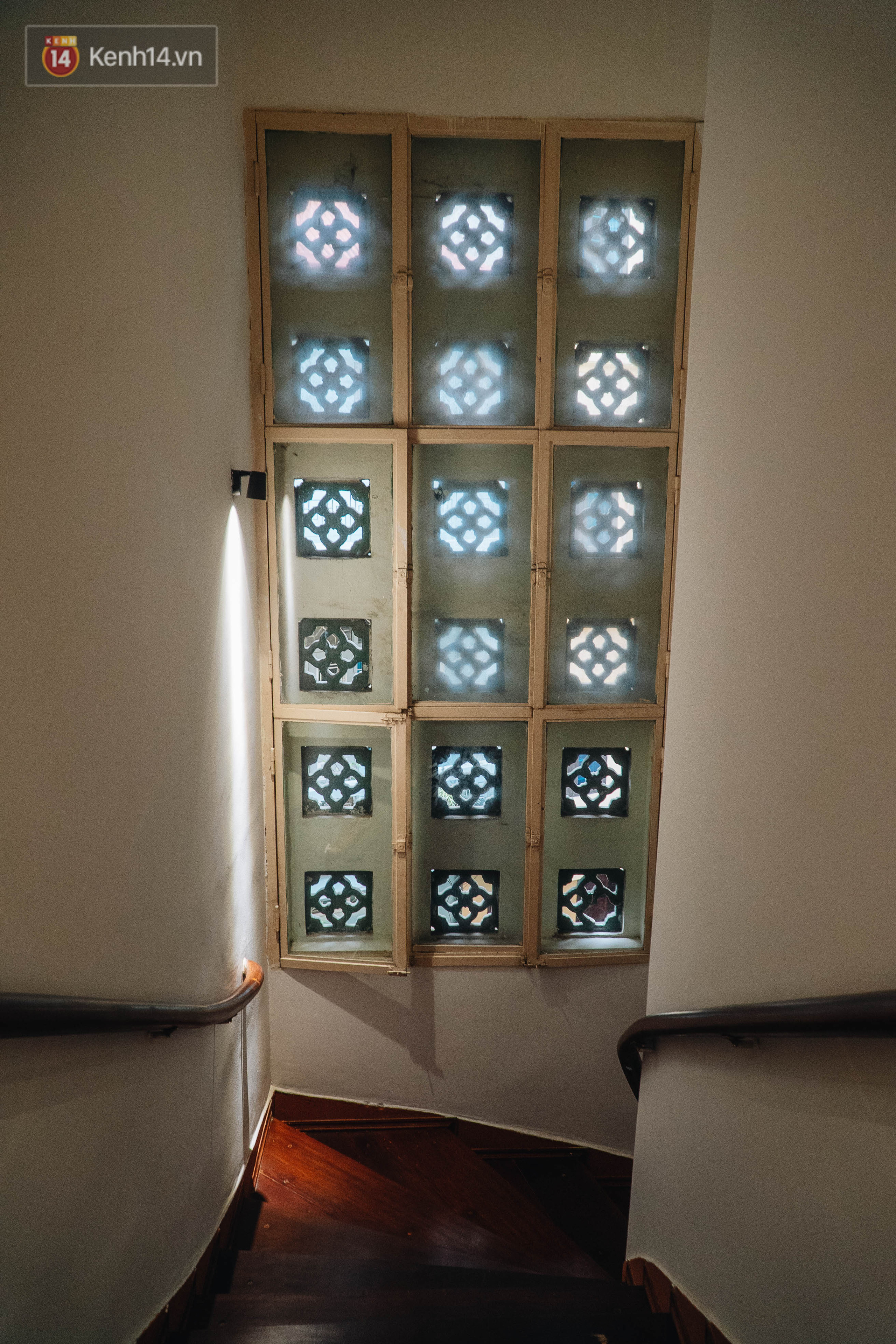
The large window is the main highlight on the stairs leading to the 3rd floor
In early 2021, through a friend’s recommendation, Mr. Ho Hoang Hai, a businessman, living in Hanoi bought a part of the villa, including a part of the 1st, 3rd and 4th floors. In which, the 3rd floor has an area. largest floor area with 5 bedrooms, not including auxiliary works. The second floor is currently the residence of a household.
“With a large amount of money, I can buy a complete, beautiful and larger house, but because I like ancient architecture, I am determined to buy this villa,” he said.
According to Mr. Hai, inside this mansion from the past, there was an electric system that went underground in the wall, even with a copper underground electric socket; water pumps made in France are still working; the elevator system brings food from the kitchen to the dining room on the 2nd floor; The system of windows and doors using hinges and sliding rails is now still working smoothly.
“Elderly people living around the villa decades ago told of the work built by King Bao Dai’s aunt. However, these are just word of mouth, unverified,” said Mr. Hai. .

Mr. Ho Duy Hai, the current owner of the mansion

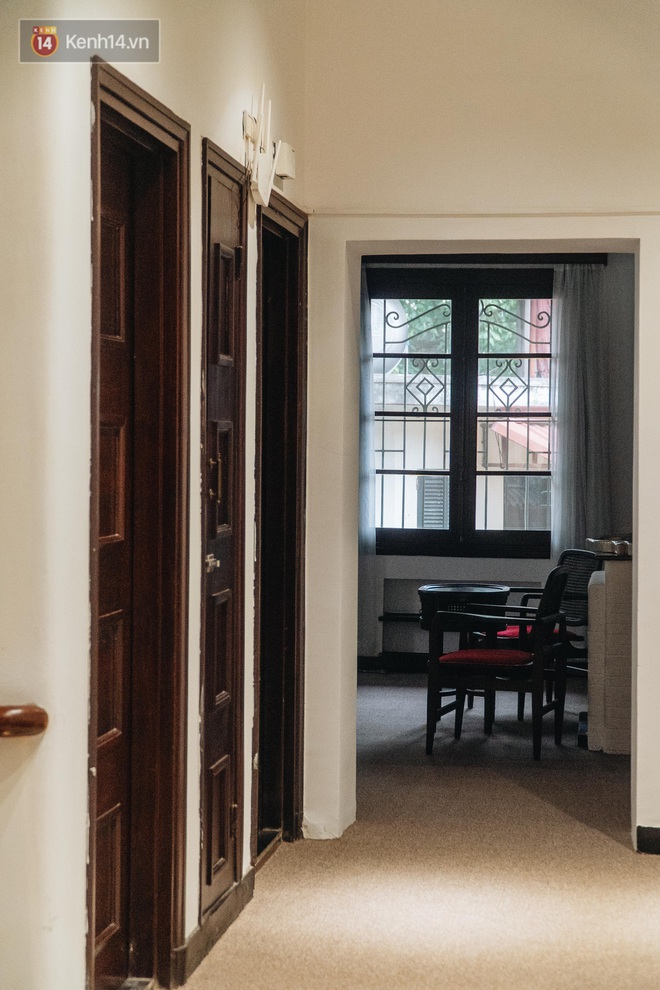
The entrance to the 2nd floor of the villa

Stairs made of ironwood

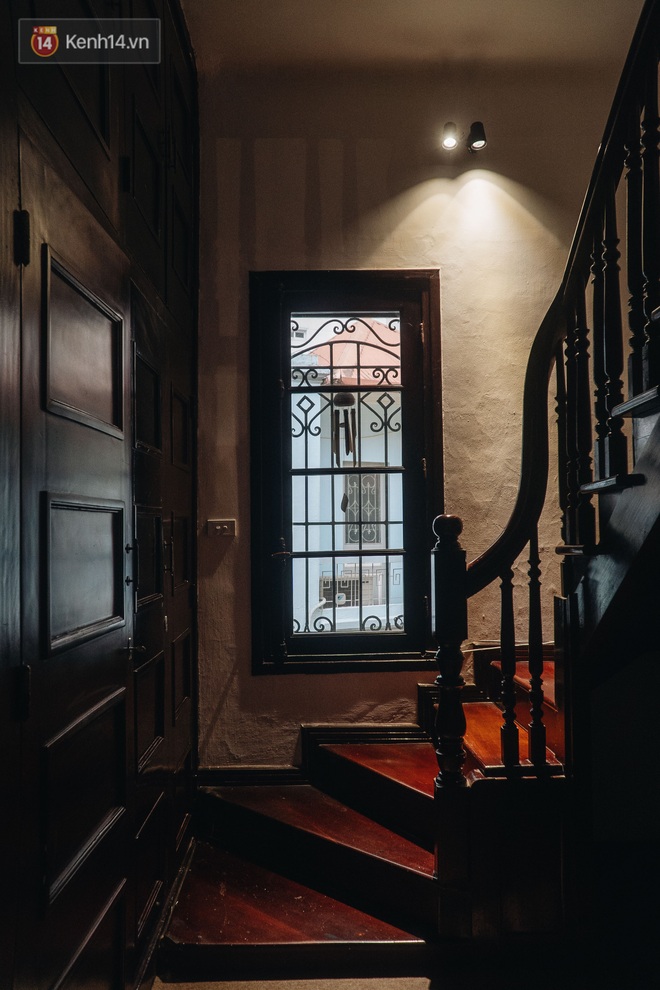
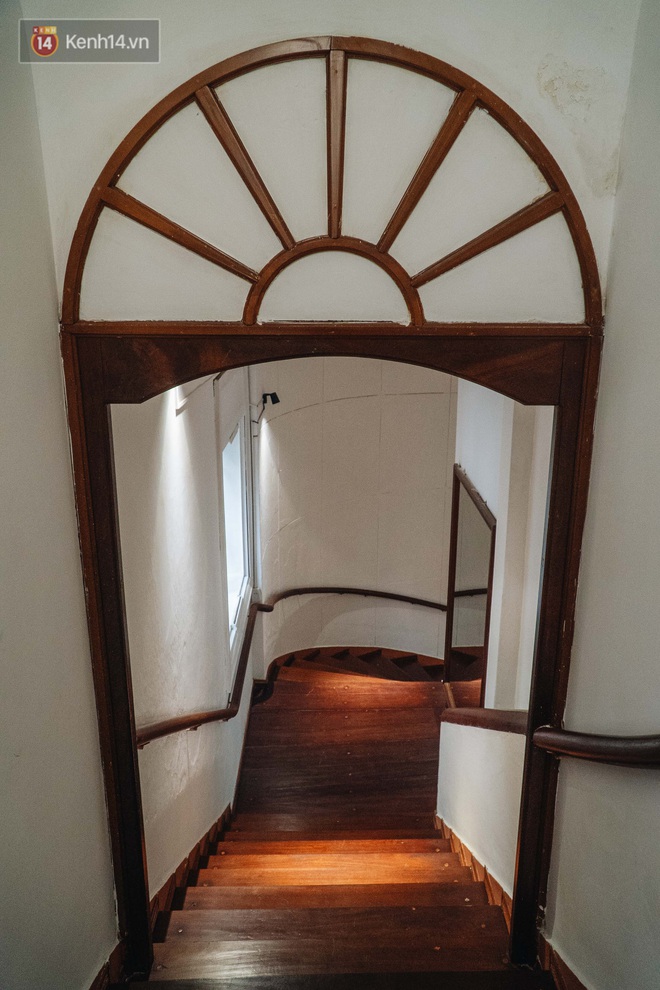
Graceful and delicate winding ironwood steps

The rooms are equipped with fireplaces, wooden wall cabinets, after a hundred years, they are still free from termites
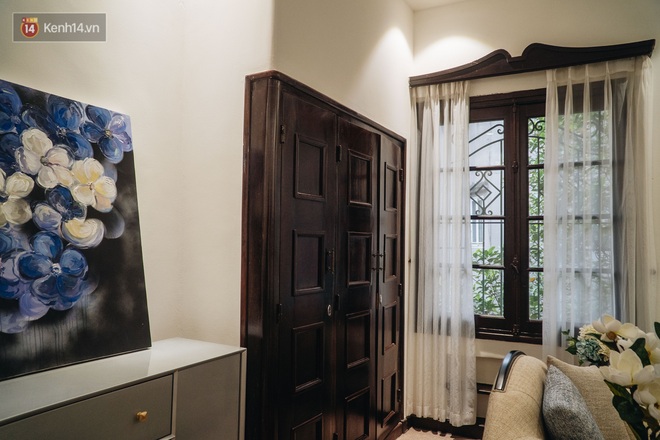
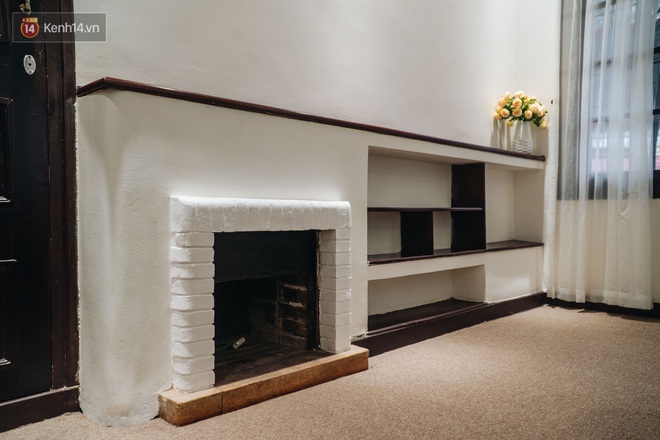
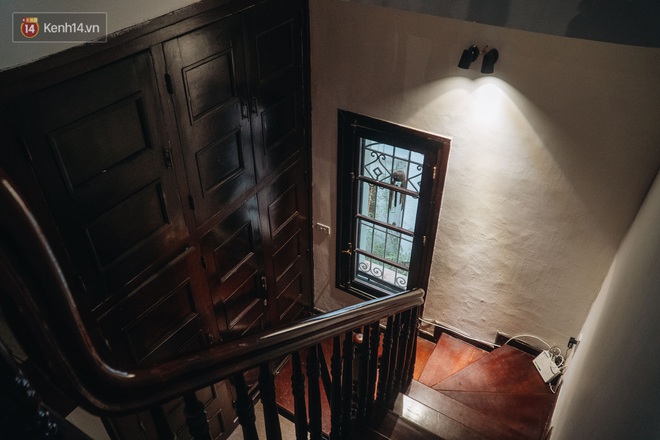

Every corner of the house has a bold ancient beauty mixed with modernity
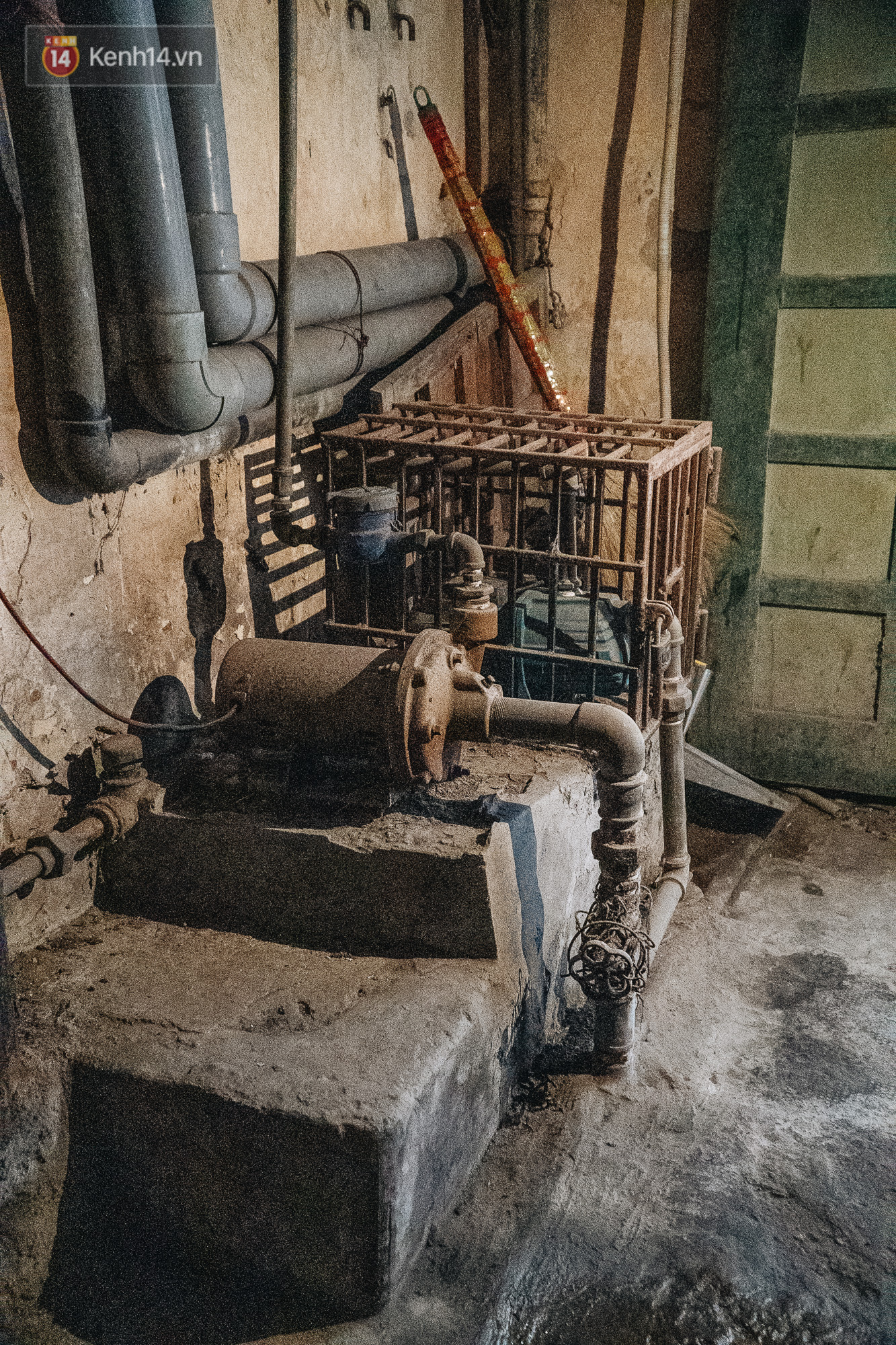
The water pump made in France still works
Before being sold, a part of the villa that Mr. Hai owns used to be a teaching place, then a homestay for foreign guests, with a relatively stable income. However, due to the epidemic, it was closed and rented to an interior design company.
Mr. Hai said that if there is evidence of the origin of the house in the near future, he will decide whether to continue renting or stop the contract and take necessary conservation measures.
“I hope that historians, architects, managers or those who love and have knowledge about old French villas will share more information about the project, so that I and everyone else can learn more about it. has the most accurate documentation,” he said.
Source: Collected internet.